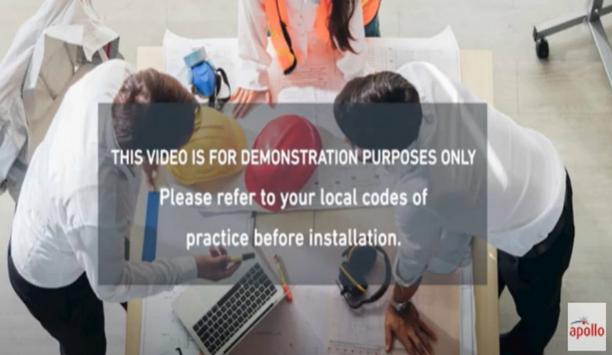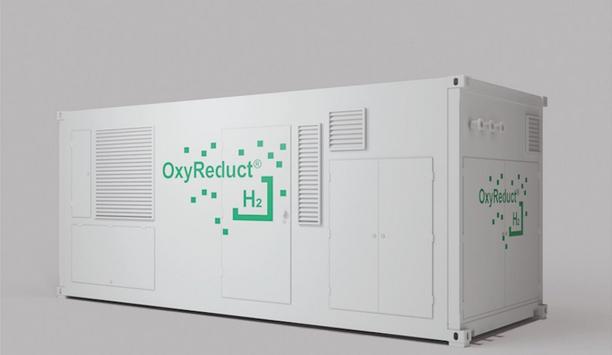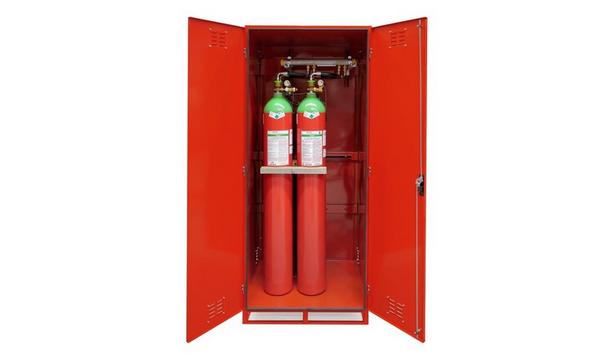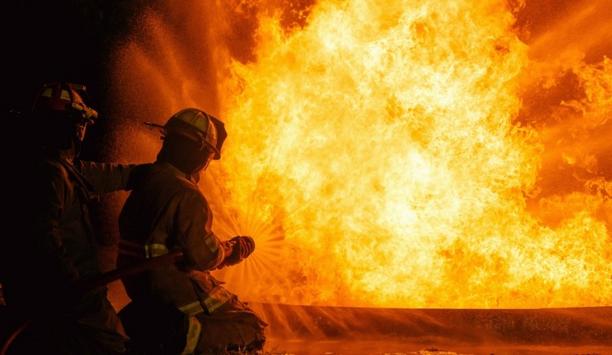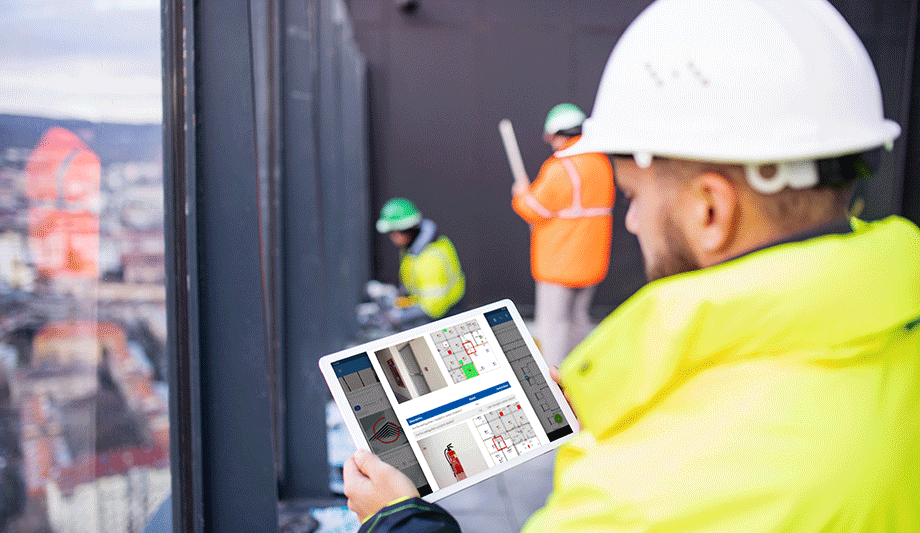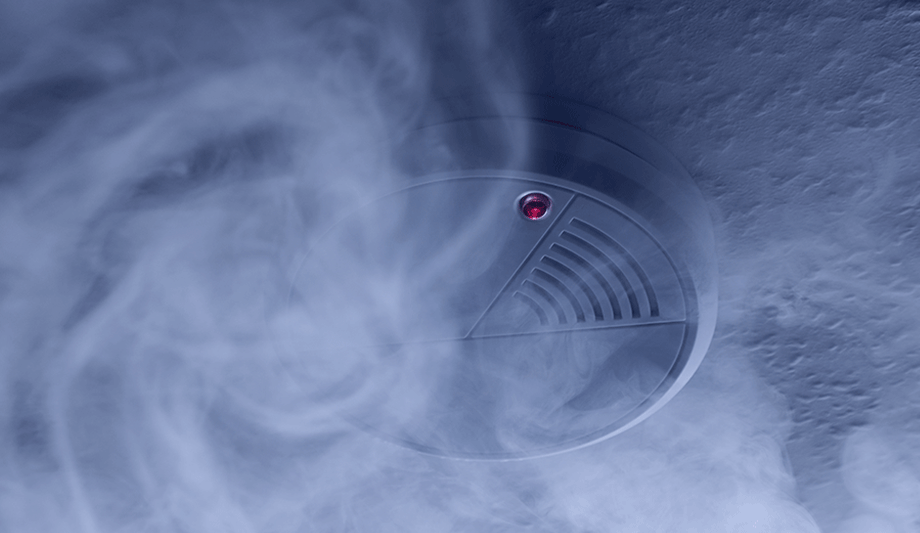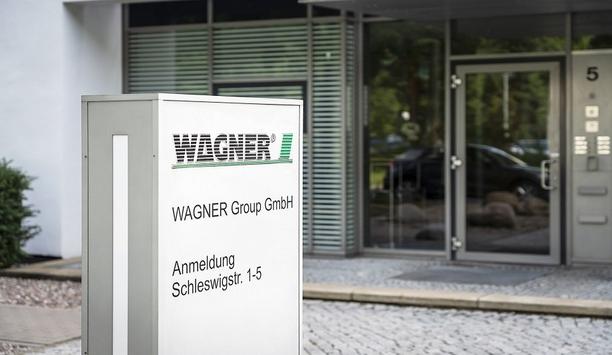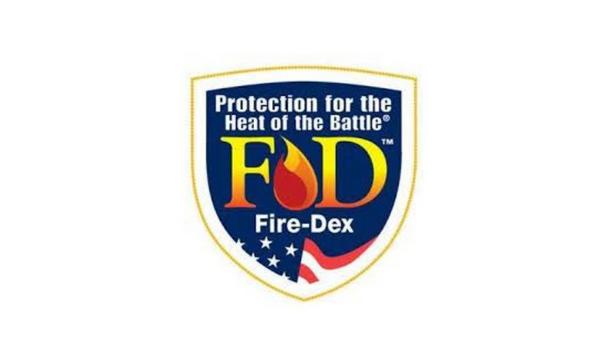An intumescent material is one that undergoes a chemical change when exposed to heat or flames, expanding dramatically, some to many times its original volume.
This physical process is one of the main principles for passive fire protection products – including intumescent strips, which seal the gaps around the perimeter of a fire door.
The objective is to contain fire and toxic gases by inhibiting flame penetration, heat transfer and transport of toxic gases from the site of a fire to other parts of a building.
Types of Intumescent Materials
A number of materials exhibit intumescent behaviour, but only three types are currently used
A number of materials exhibit intumescent behaviour, but only three types are currently used in seals for fire resisting door assemblies: a) Hydrated sodium silicate b) Intercalated graphite. c) Ammonium phosphate.
The characteristics of these materials are quite different from each other not only in their chemical, but also physical characteristics these could be SET- start expansion temperature, pressure development, height of a char, stiffness of the char, and so on.
Significant variations may occur within each type, according to the precise formulation used.
SODIUM SILICATE
Sodium silicate has excellent fire-resistant properties. When exposed to heat, it swells up and forms a hard, protective layer that can withstand high temperatures for a prolonged period.
Activation Temp >100OC
- Hygroscopic.
- Expands up to 10 times*.
- Expansion is in predominantly one direction.
- Forms a hard rigid foam which also creates a substantial pressure.
- Typically used in fire seals & glazing seals.
GRAPHITE
Graphite has excellent thermal stability, which makes it an ideal material for use in passive fire protection systems. When exposed to high temperatures, graphite expands and forms a protective layer that can withstand exposure to fire for extended periods.
Activation Temp >150OC to >190OC
- Non-hygroscopic.
- Expands up to 15 - 20 times*.
- Multi or unidirectional expansion - dependant on material construction.
- Forms a ‘fluffy’ sponge type material.
- High to low pressure forming.
- Typically used in air transfer grilles, glazing seals, fire seals, & letterplates.
MONO AMMONIUM PHOSPHATE (MAP)
Mono ammonium phosphate (MAP) has excellent fire-retardant properties. When exposed to fire, MAP expands to form a protective layer of foam. This foam acts as an insulating barrier, protecting the underlying materials from the flames and heat.
Activation Temp >180OC
- Hygroscopic.
- Expands up to 40 times*.
- Multi direction expansion.
- Forms a soft ‘foam’ type material.
- Virtually no pressure and it has some flexibility when expanded.
- Typically used in door hardware protection kits & glazing seals.



